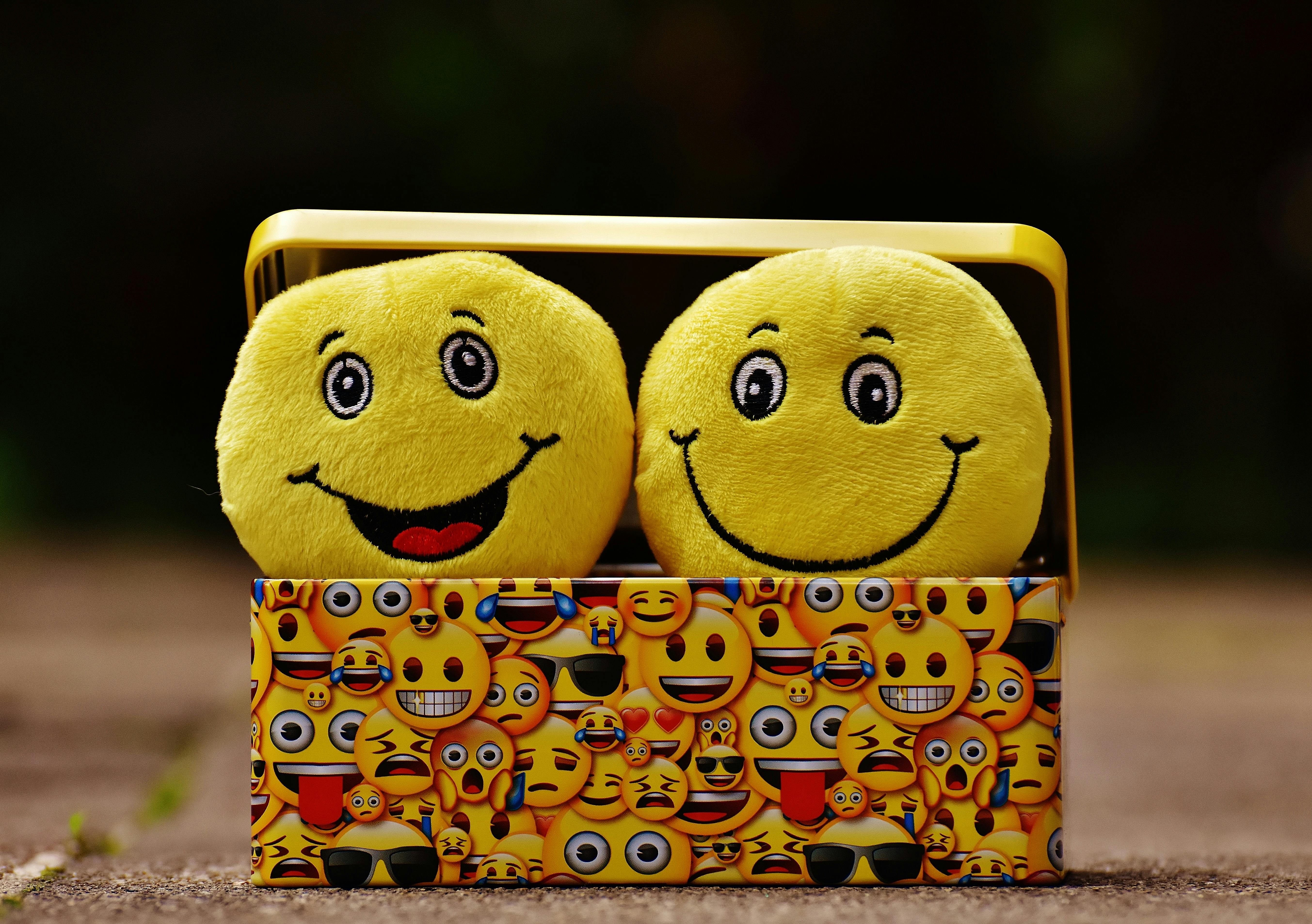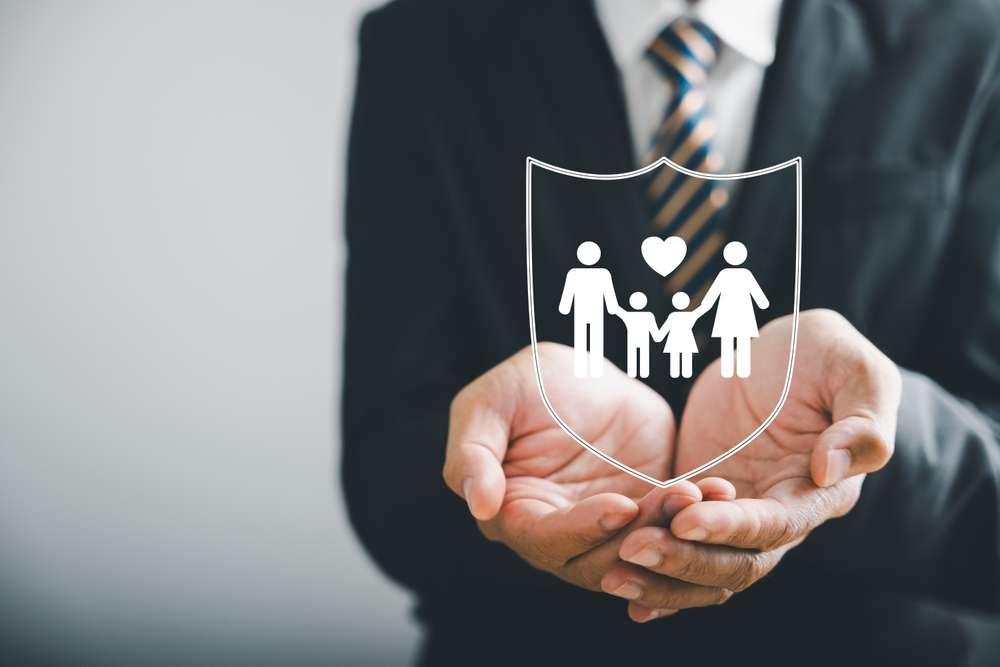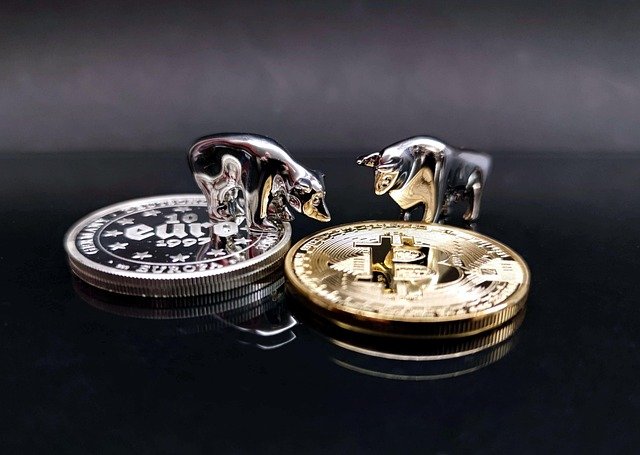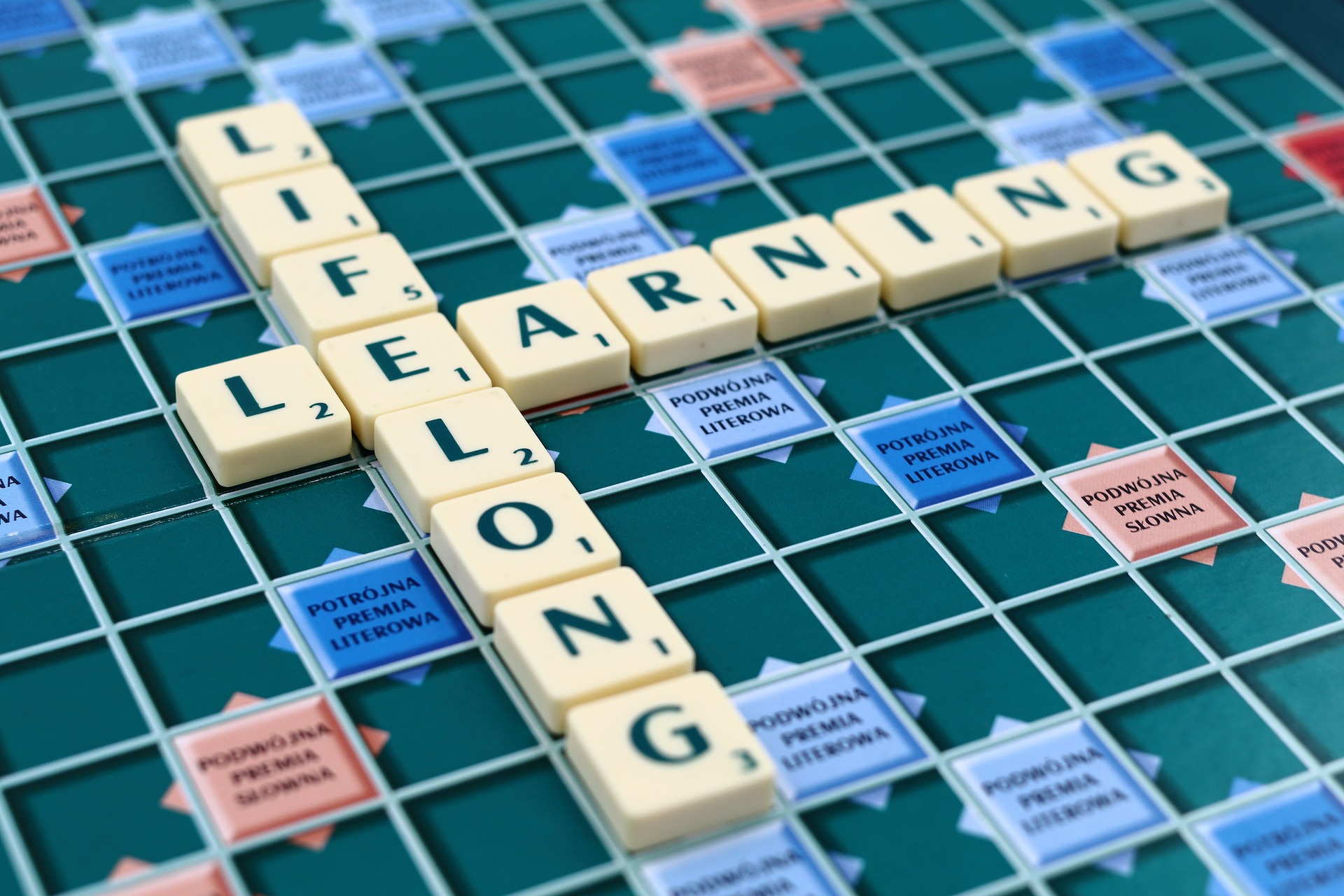Decoding the Language of Emoji: A Sociocultural Examination
Our world is more interconnected than ever. Thanks to technology, communication transcends geographical borders, making us a global society. However, this global community is evolving to use a new universal language - the language of emojis. Read below to dive into this fascinating digital phenomenon.

A Brief History of Emoji
Emojis, those tiny digital pictures we use to express our emotions in text messages, have a history that predates the advent of smartphones. The term “emoji” comes from the Japanese words “e” (picture) and “moji” (character). The first emojis were created in 1998 by Shigetaka Kurita, a designer working on a mobile internet platform in Japan. These initial 176 emojis were simplistic, pixelated designs intended to convey a broad range of emotions and ideas.
Emojis and Modern Communication
Fast forward to the present day, emojis have become an integral part of our digital communication. They add an emotional layer to our texts, making up for the absence of facial expressions and body language in digital communication. They help to clarify our intentions, reducing the risk of misunderstanding. Research by internet linguist Gretchen McCulloch reveals that people use emojis in texts similar to how they use gestures in face-to-face conversations.
Emojis as a Universal Language
Emojis are now used globally, transcending linguistic barriers. They have become a universal language, enabling communication across different cultures and languages. In fact, a 2017 study by Bangor University found that 72% of 18 to 25-year-olds believe that emojis are a better way to express their feelings than words.
The Sociocultural Impact of Emojis
Emojis also influence our social and cultural landscapes. They reflect societal changes, with new emojis being introduced to represent diverse ethnicities, genders, and occupations. The introduction of gender-neutral and same-sex couple emojis, for example, signifies a shift towards more inclusive representation.
Furthermore, emojis have found their way into various sectors such as marketing, where they are used to connect with audiences on an emotional level. They’ve also entered the legal sphere, where courts grapple with interpreting emojis in the context of evidence.
Emojis: A Reflection of Our Evolving Society
In conclusion, emojis are not just digital icons used for convenience. They are a reflection of our evolving society, mirroring our emotions, cultural diversities, and societal shifts. As our world continues to evolve, so too will our digital language, further shaping our interpersonal communication in the digital age.





